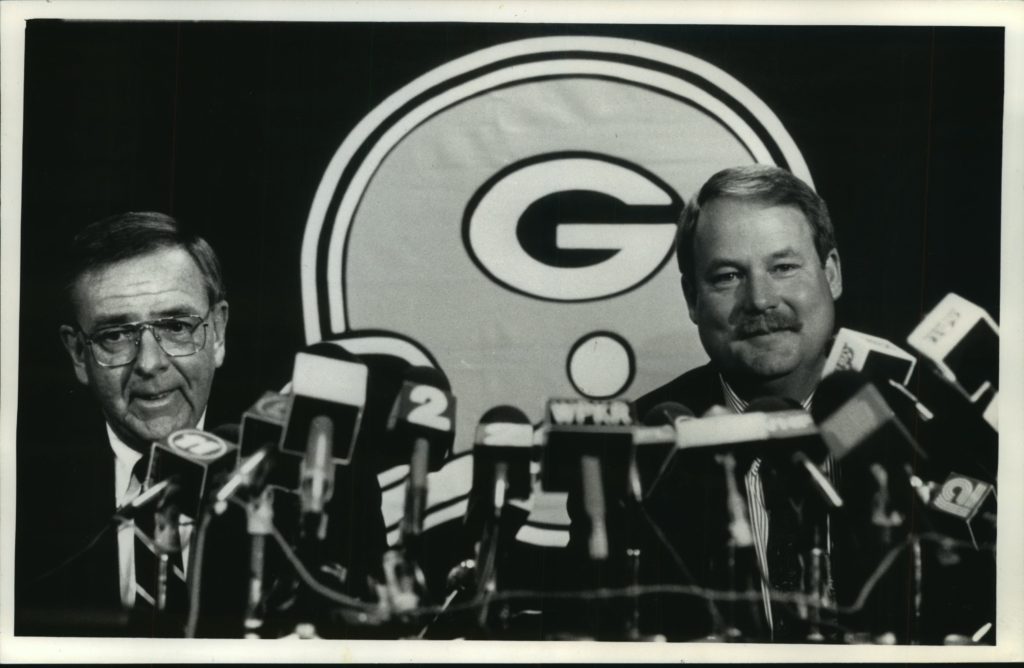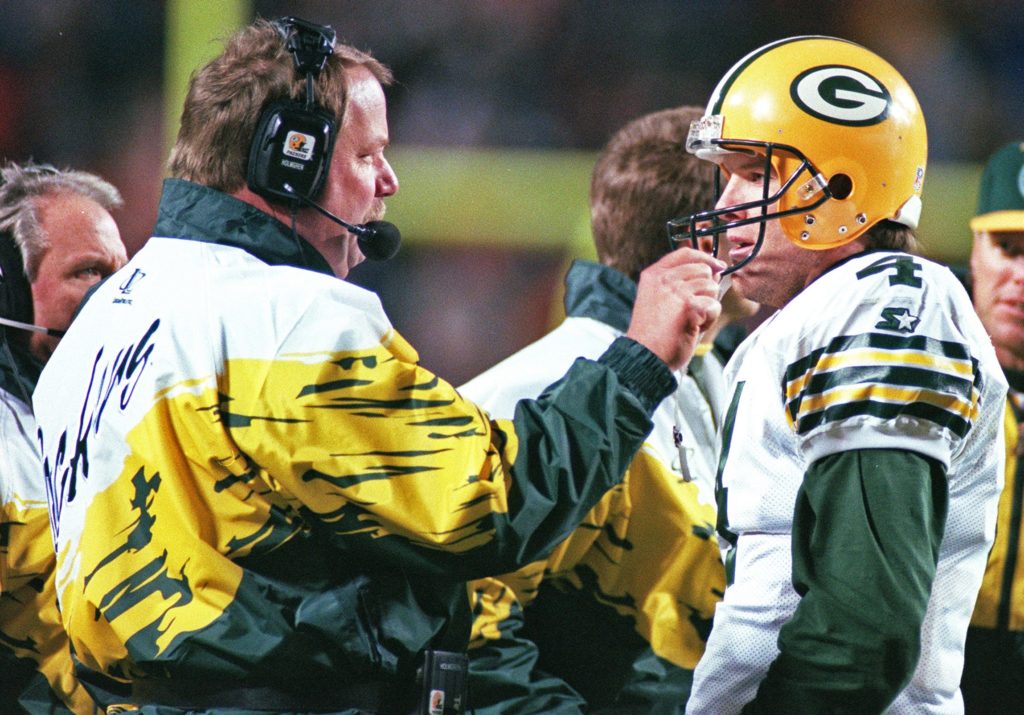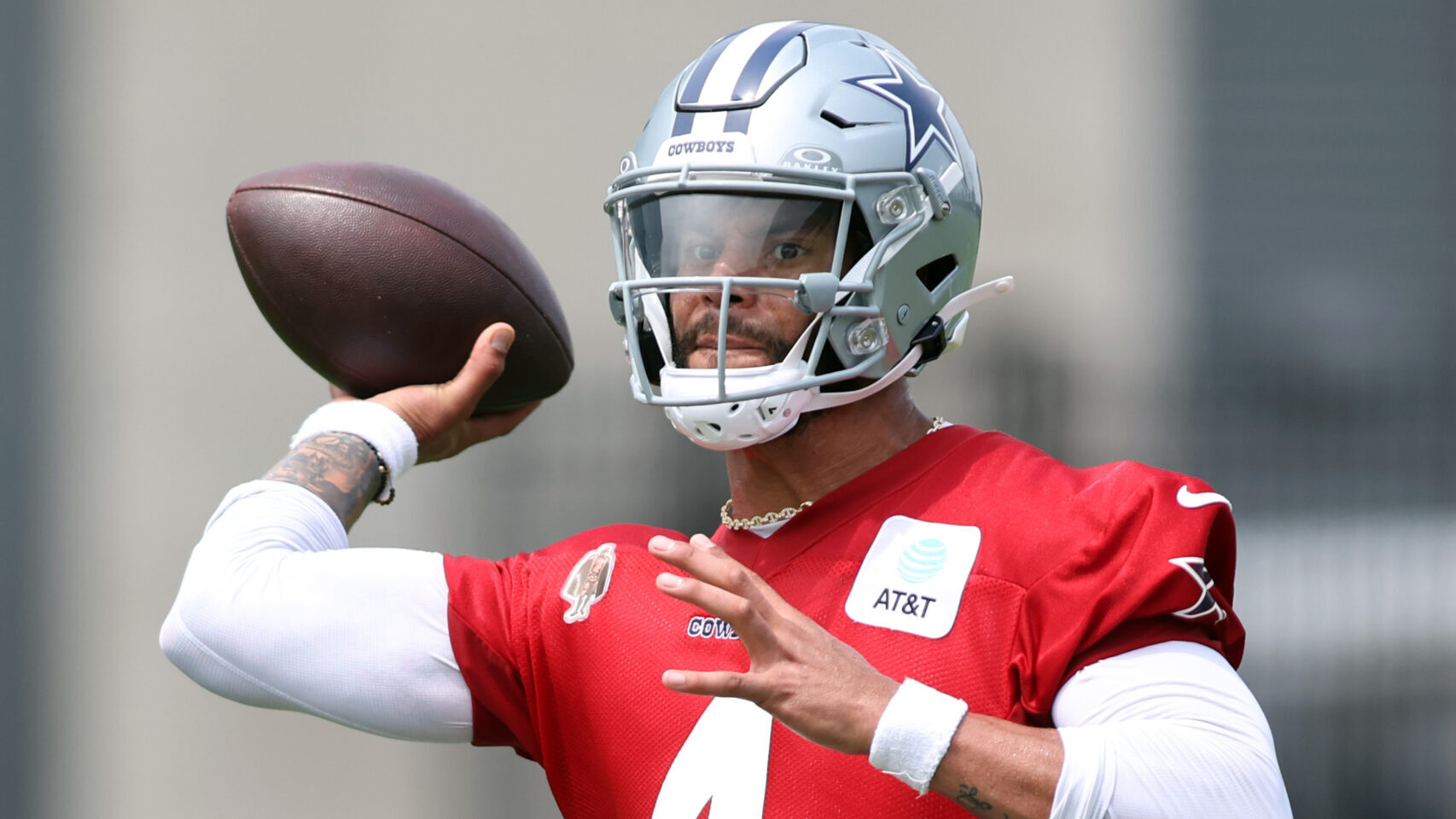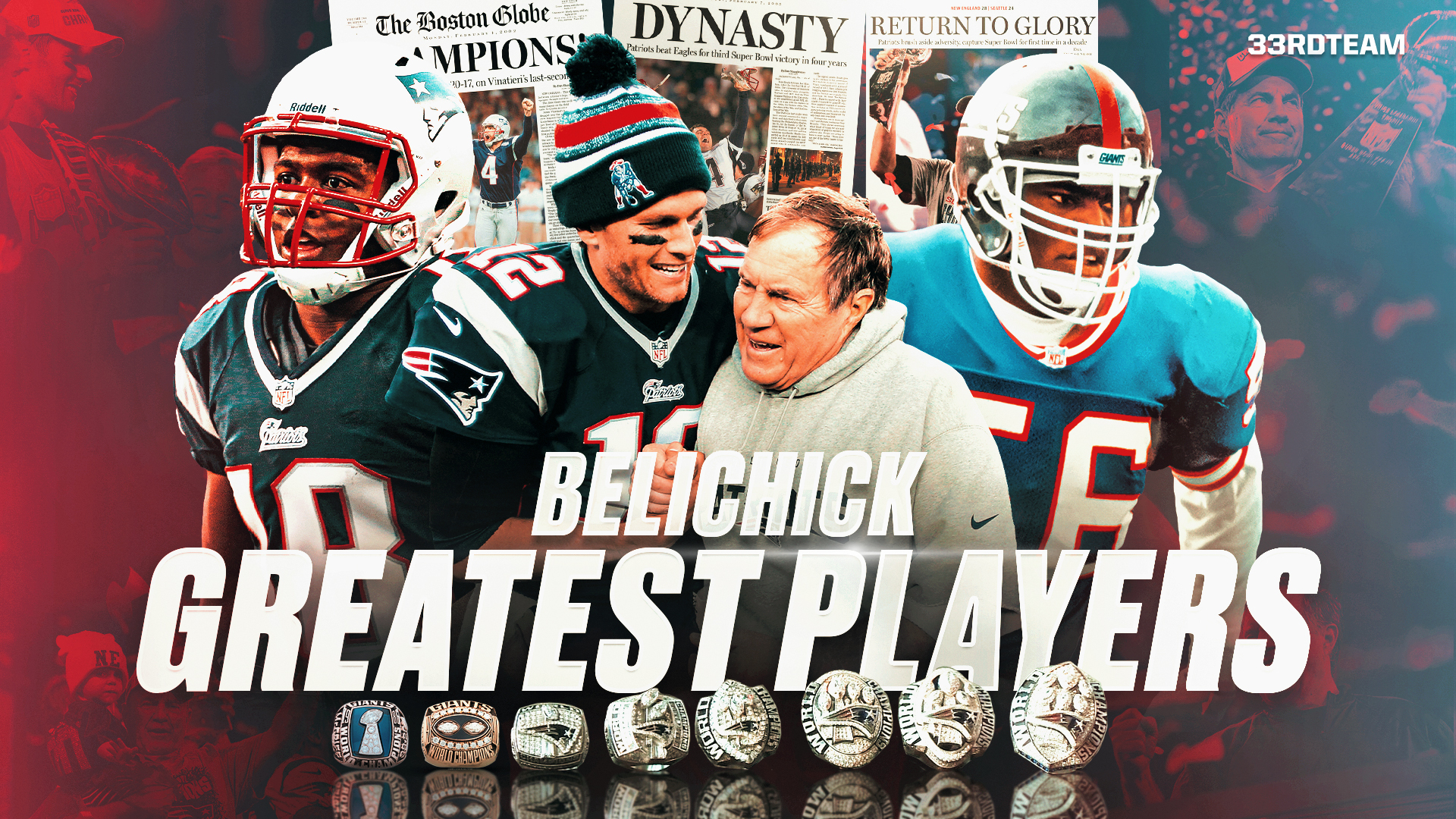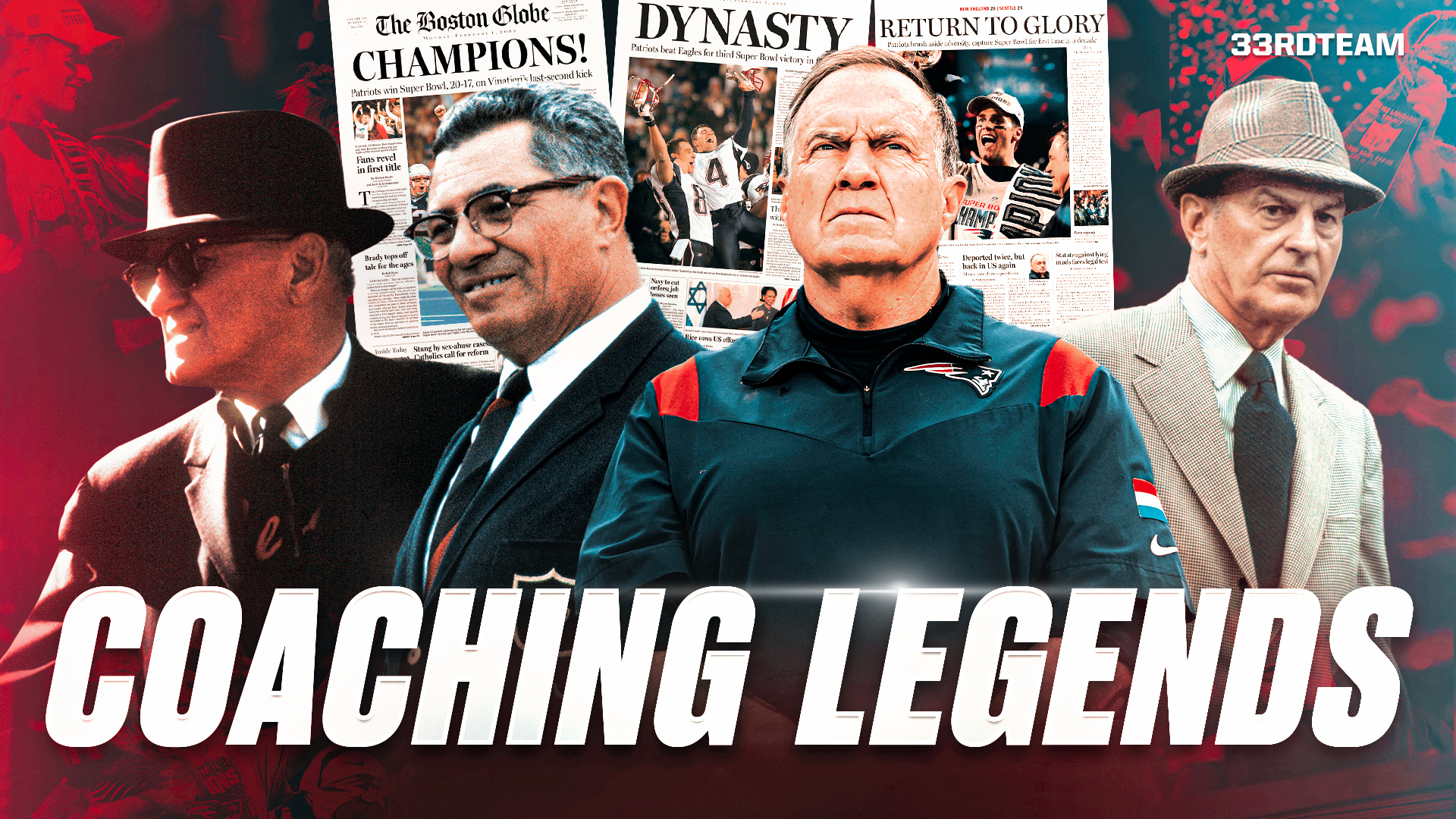Analysis
12/21/21
7 min read
Doug Pederson: How to Build A Super Bowl Winning QB Room
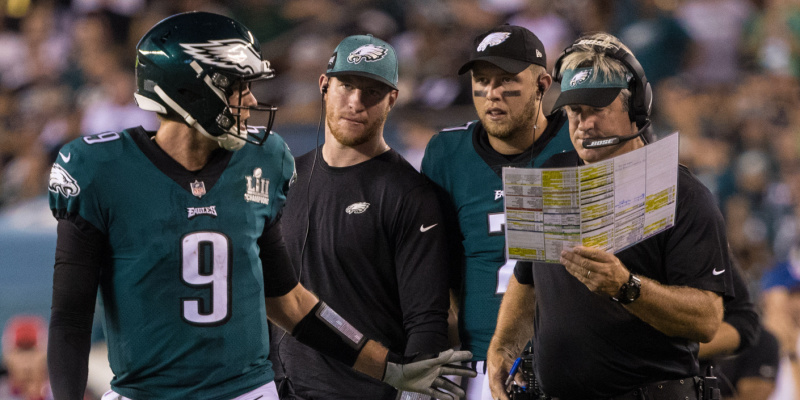
Whether you’re a first-time head coach or a veteran head coach, the ability to establish a strong and stable quarterback room is the most consequential aspect of achieving success in the NFL.
The first piece of that is to identify a starting quarterback you believe you can win with at a high level and put together a plan to maximize his talents.
That starts with hammering the evaluation process. You do this with all your players, but it’s particularly important with the quarterback position to spend significant time diving into the makeup and chemistry of the player. I think you can’t do enough with the evaluation process.
If you think that a guy can be your starter in year one, two, three, or whatever it is, you’ve got to do significant due diligence. That comes from vetting and studying the guy, asking the right questions, and coming away as we did with Carson Wentz saying, “This is our guy.”
Once you’ve identified that player, it is paramount to his development and growth to put him in a position to be successful right when he steps on the field. You don’t want your guy to fail early.
This is why placing a young guy behind a veteran quarterback is so important — it gives the young player time to develop and grow while the right pieces are placed around him. Then, when they get an opportunity to play, they can be successful right away and it enhances their development.
In my situation in 2016, we had played Carson as a first-year guy because we felt like he was ready to go mentally and physically. We knew going in that we might have to go through some growing pains together.
With all young quarterbacks, there’s going to be some bad decisions — some ugly moments as we call them. But you’ve got to understand that and realize that those are learning moments for the player and teaching moments for the coach to go back, get in the classroom, study the tape, and improve on next week.
While the process of identifying and developing a starting quarterback is the most significant ingredient for success, the quarterback room is not set once that takes place.
1992 Press Photo Green Bay Packer Leaders Ron Wolf Coach Mike Holmgren
Hall of Fame Green Bay Packers General Manager Ron Wolf drafted seven quarterbacks across eight seasons between 1992 and 1999, all while he had Hall of Famer Brett Favre entrenched as the starter.
He said, “While there’s only room for one starter, you can never acquire too many quarterbacks.” That phrase means everything to me.
When we won the Super Bowl back in 1997, and then of course went to back-to-back Super Bowls, it really shaped a lot of my philosophies on how to put teams together and construct rosters.
A lot of valuable experiences come out of being around winning at the highest level, and what I learned from Wolf helped in 2017 when we won the Super Bowl in Philadelphia.
When I was with the Eagles, Howie Roseman and I took that philosophy and said, “We’re going to take a look every year. If we can draft a quarterback we like, we will. He could be a fifth-, sixth-, seventh-round guy, but you never know when you will hit on those quarterbacks.”
Wolf thought that teams should be looking for quarterbacks every year and saw it as no different from drafting linebackers, safeties, or offensive linemen. You can’t have enough of those positions, and the quarterback position should never be exempt from that.
Right now, lacking a strong backup is an inefficiency that some teams in the NFL have. Some just focus on the starter and fail to put significant resources into their backup.
If you look at the success we had in 2017, we had a veteran backup in Nick Foles who we had for a few seasons, and he really rose to the occasion when he had to play.
We drafted Jalen Hurts, and we had Nate Sudfeld. We had quarterbacks that we were developing for that backup role because in today’s game, with how physical the game is, quarterbacks are going to get nicked up from time to time. They might miss a game or two when that happens, and you need someone that can step in.
That person needs to be capable of leading your football team and winning games. That’s why it’s important to continue to draft and develop quarterbacks while allocating the necessary resources to have someone capable in that backup role.
Getting the right guys in the door is a big part of establishing a strong quarterback room. Effectively building relationships with them and fostering their development is the next step, and I think my career path has really affected how I relate to that position.
I’ve played at every level imaginable from practice squad, third string, second string, and starter for a little while.
In that time, learning from Dan Marino and Brett Favre and playing with veterans like Jim McMahon, Bernie Kosar, Steve Bono, and Steve DeBerg significantly influenced my outlook on the position.
All of those guys have really shaped my philosophy on how you want to coach that position and taught me how to empathize and be compassionate towards players by really knowing what they go through. Whether it’s a starter or a backup or a guy barely hanging on the roster, I’ve been there and can relate to that player.
As an offensive-minded head coach, it is imperative to have a very good relationship with the quarterback.
I think about Sean Payton and Drew Brees and what a great dynamic they had, and that was in large part because they were always on the same page. They were meeting all the time, getting together to talk about the scheme, the game plan, and every little detail.
The way you build that relationship can change depending on the type of player that you’re working with. I’ve had the chance to coach a lot of different types of players at that position, from a tremendous athlete like Michael Vick to a more cerebral guy like Alex Smith. As a coach, you have to learn to adjust.
You have to learn their strengths and weaknesses, then build your system around that. It’s crucial to use their strengths properly to help formulate game plans, change how you handle blitz protection, and influence the changes you make in the run game.
There are different ways of preparing the quarterback. Every quarterback is different, and you’ve got to find unique and creative ways to teach and get them to understand your philosophy.
It is so important that the head coach, whether he calls plays or not, fosters a unique relationship with each quarterback that flourishes.
Each quarterback on the roster needs to have a keen understanding of the philosophy of the head coach and the aggressiveness of the head coach as far as the decisions that are going to be made in the game. If a quarterback understands that, there’s no hesitation, no undecidedness, and everyone is on the same page. That understanding comes with time as the relationship between coach and quarterback develops.
Doug Pederson

